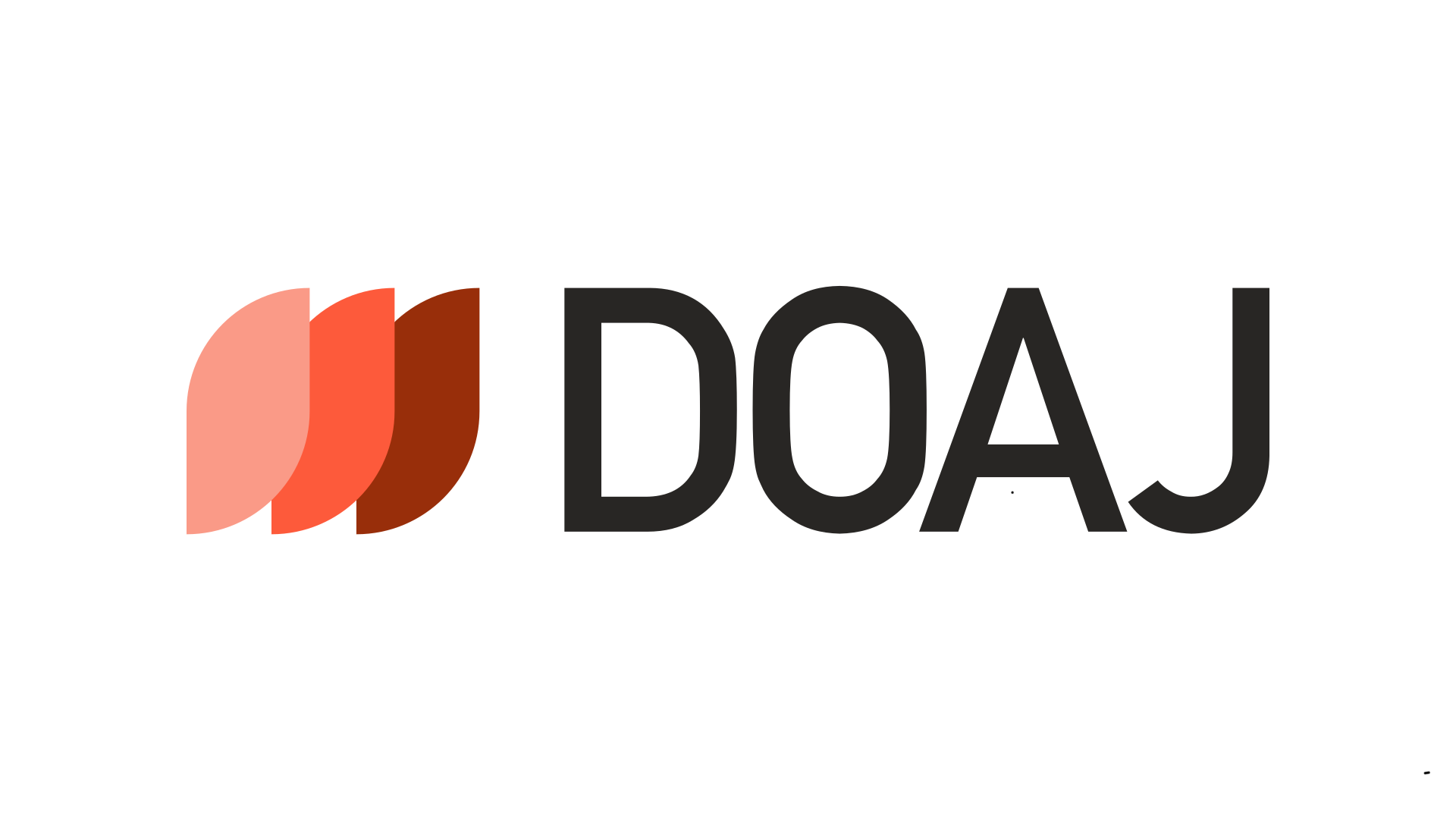Deslindes lingüísticos en las tierras bajas del Pacífico ecuatoriano. Tercera parte
Abstract
El presente estudio amplía el análisis de la evidencia etnohistórica y onomástica sobre las lenguas de la costa ecuatoriana en los albores de la conquista española realizado en contribuciones previas. A diferencia de los anteriores, recurre tanto a la sistematización y el análisis de datos onomásticos publicados en compilaciones etnohistóricas y etnolingüísticas, a fin de complementar la información y cotejar las fuentes disponibles. Para ello se recurre al estudio onomástico en varias zonas del territorio asignado a la cultura manteño-huancavilca. Los resultados del estudio confirman la presencia de un sustrato lingüístico barbacoano o “colorado†en el litoral de la Costa centro-sur y su hinterland inmediato, el cual aparece en algunos casos mezclado con onomástica propia de la lengua esmeraldeña (no clasificada) y de una entidad lingüística asociada con la cultura puruhá-cañari. El modelo de migraciones barbacoanas permite interpretar los resultados de este trabajo y de los que le anteceden de manera coherente, aunque provisional, quedando pendiente para futuras investigaciones el rescate y análisis de la onomástica prehispánica que reposa en los archivos y en la memoria oral de las comunidades.
Antropología Cuadernos de Investigación opera bajo licencia Atribución-CompartirIgual 4.0 Internacional (CC BY-SA 4.0). Esta licencia permite copiar y redistribuir el material en cualquier medio y formato, adaptarlo, transformarlo y construir a partir del material para cualquier propósito (incluso comercial) siempre y cuando se atribuya la autoría de manera adecuada, es decir, dar el crédito apropiado de autoría, proveer un link para la licencia e indicar si se realizaron cambios del contenido. Se pueden consultar todos los detalles aquí
Los derechos de autoría son de propiedad exclusiva de los autores y autoras sin ninguna restricción de su propiedad intelectual. Los autores y autoras están en libertad de difundir su artículo en cualquier otro medio, repositorio institucional, en un libro o revista, siempre y cuando se anote que el artículo fue publicado por primera vez en la Revista Antropología Cuadernos de Investigación, número, año de publicación, sección y número de páginas. El artículo puede ser depositado en dichos repositorios en cualquiera de sus versiones, ya sea en la versión enviada, aceptada o publicada.












